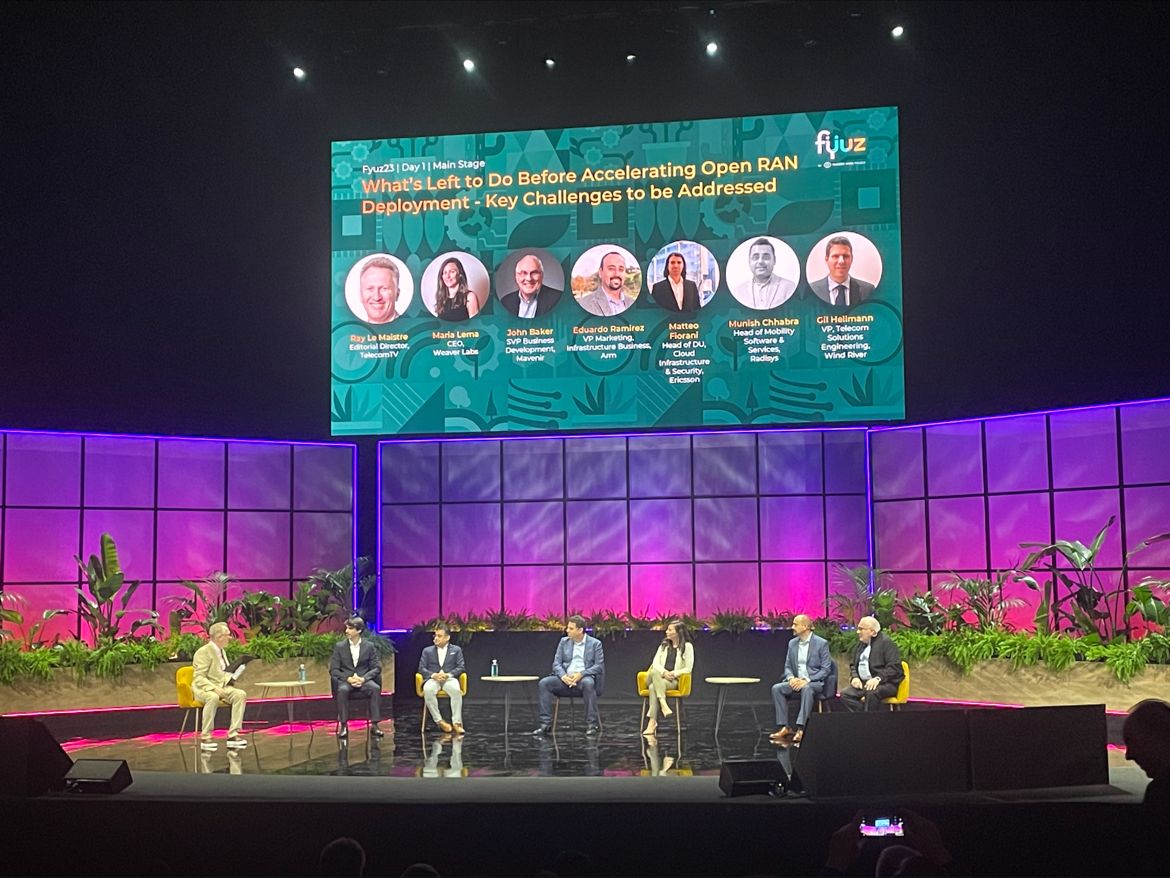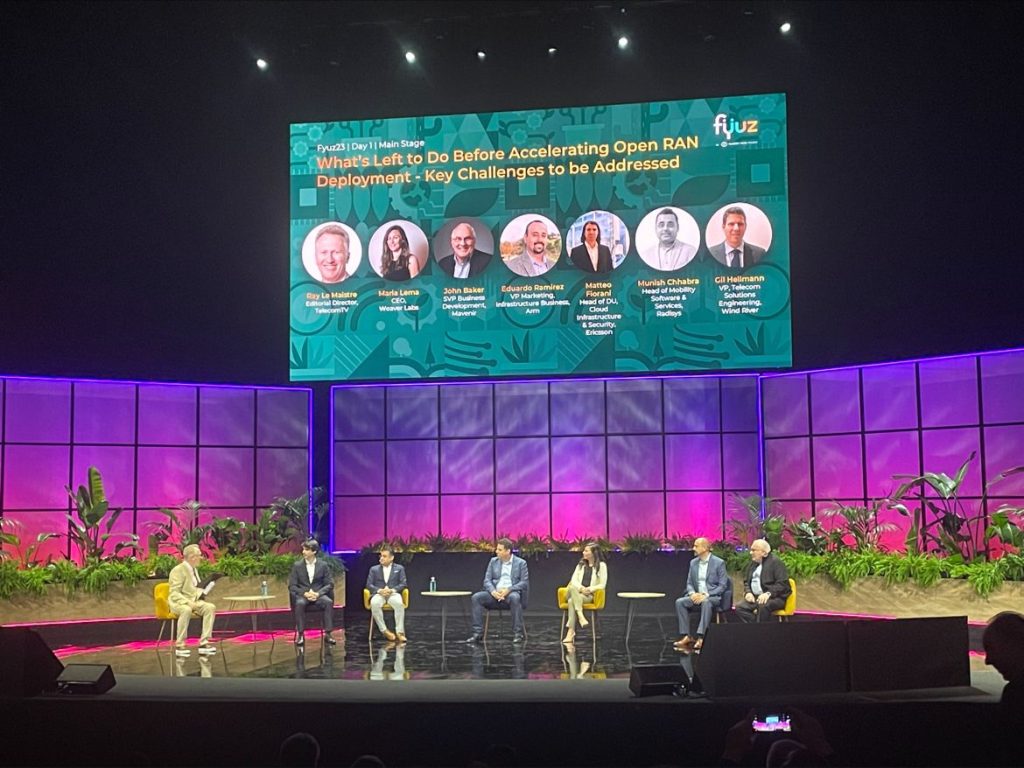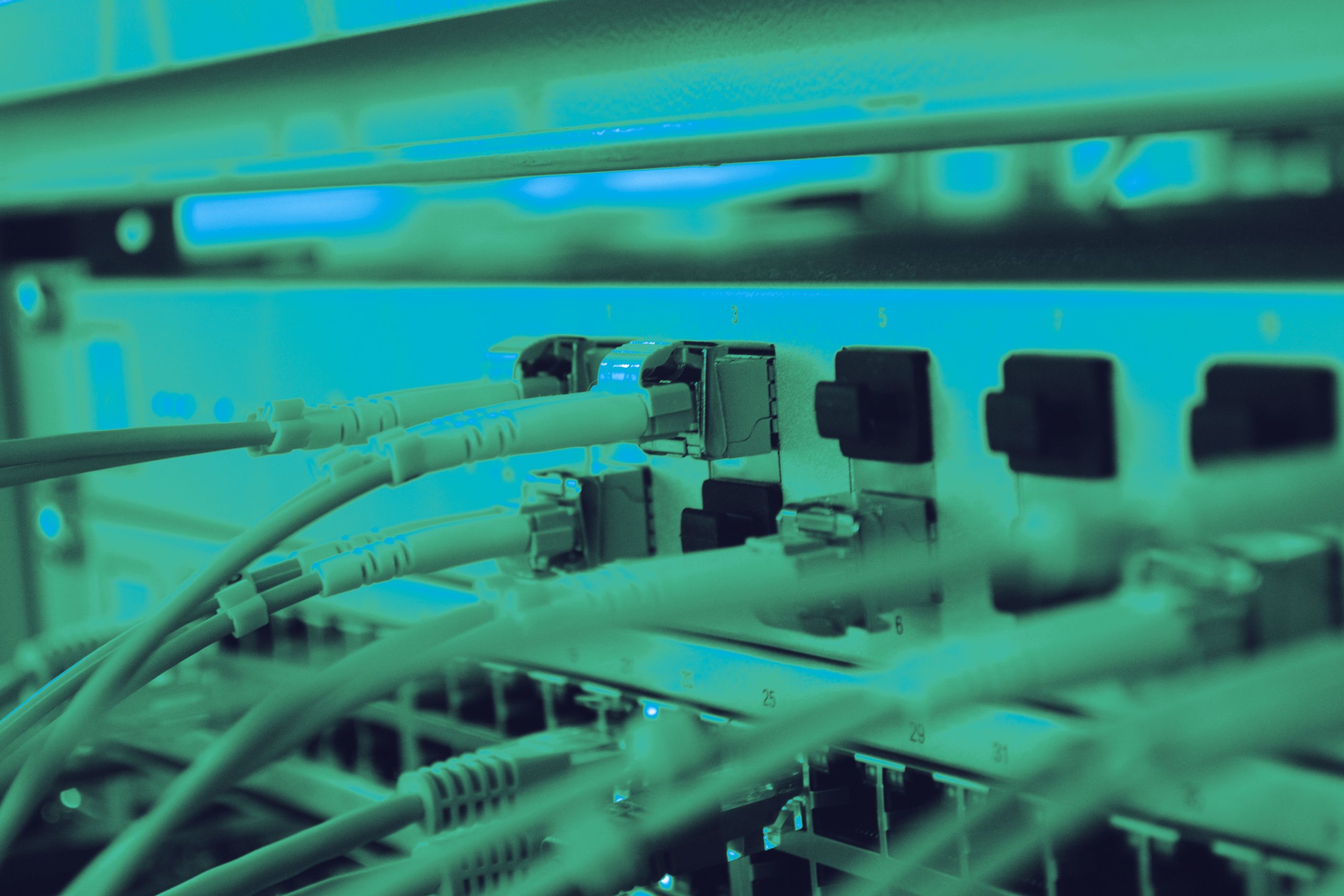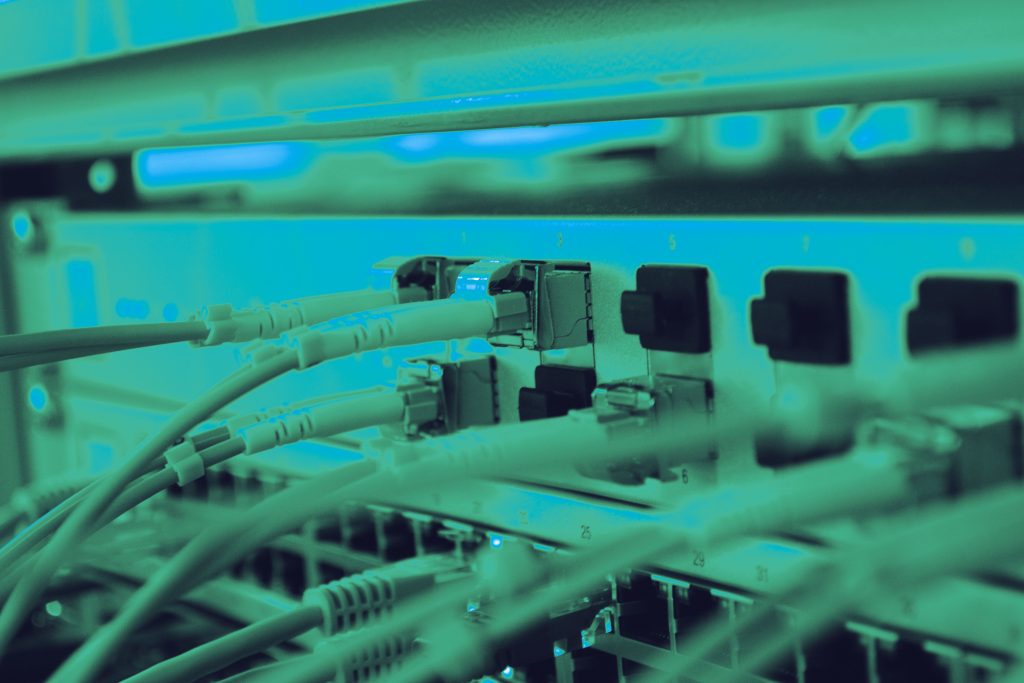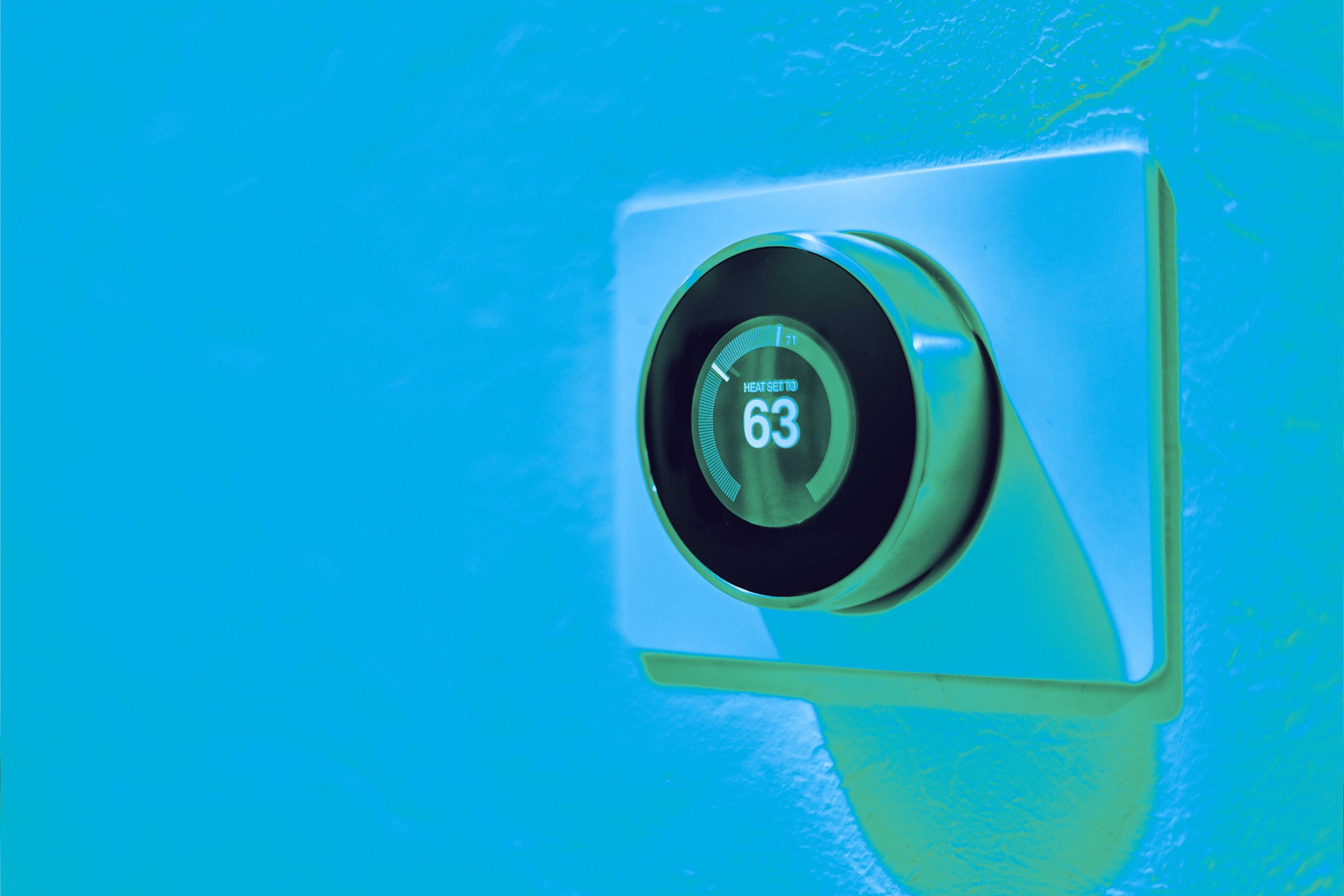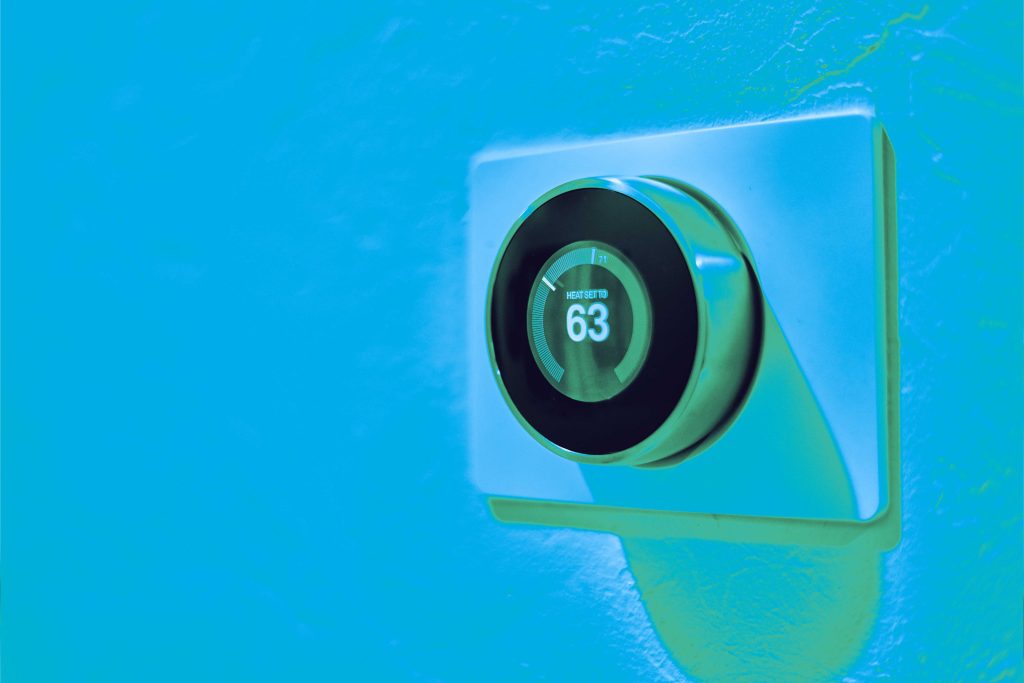As smart technology advances, connecting devices while they’re on the move is becoming a priority within the Connectivity industry. On Episode 12 of The Connectivity Matters Podcast we spoke to Rafet Lakhdar, the Vice President Quality & Operations at Rolling Wireless, about how they are solving connectivity issues in the automotive space. Here are his insights:
What specific things do you have to do to ensure that a connectivity solution meets a car manufacturer’s quality standards?
The automotive industry is often said to be requesting military quality levels for a consumer price, which means that you are going in two opposite directions to hit those targets. This is where you need to differentiate yourself by making the big jump between low cost and extremely high quality – which is where the matter of quality becomes so critical.
The first pillar of quality is reputation. These car manufacturers need to protect their reputation – they cannot afford to be in the newspaper for recalls or that they have poor quality and so on because the consumers are very sensitive to that. This applies to the whole ecosystem behind the connectable technology. This is where we are proud to say that we have reached what we call a 10 PPM level, which means that we can guarantee that out of 1 million units you will not see more than 10 of them having an issue, which is about what the automotive segment is looking for. You have to be reliable to sell to automotive companies.
The second pillar is financials. If you have a good quality standard you are optimising your production and you don’t have yield loss, so you could become competitive. If that is not the case you will be beaten by the competition because they could provide a better price. You need to be sure that you have made a superb optimisation of your production so that you run it at the lowest possible cost. If you look at the financials, you could say that quality is part of sales, because when you go to the competition, you will be matching your competitor to a penny. What will differentiate you is the quality level that you can bring on the table when things are the same price.
The last pillar is innovation and expertise. If you think about quality, that means making sure we follow the processes during fabrication to ensure that every product meets those standards. We have to set specifications, but if you limit yourself to this, you miss a big part of what you can do in this industry. However, we have transformed quality into expertise. We provide expertise to the designers and optimise our cost. We provide expertise on how to make our product more reliable, so that the carmaker could use our product for 5, 10, or 15 years without suffering issues, and not having issues with the long range. That is what is important when you think about quality – it lasts. We provide a quality service by providing expertise to the company for a long time, rather than just giving them one product and limiting ourselves in that way.

What does tomorrow’s connected car actually look like?
I think the car of the future will be safer and more environmentally friendly, and the VTX will participate in that future. It will generate softer driving behaviour because cars will be able to anticipate things, therefore reducing brutal acceleration or massive brakes, because people pick up the information at the last minute. Also, it will become much safer. The VTX creates more alert systems which should also help reduce collisions and traffic jams.
Some people say cars will become a computer on four wheels. I think it will become an entertaining mobility moment. We’re trying to reduce the hassle of driving that makes people tired of it, and allow them to enjoy a mobility ride with infotainment, watching a movie or listening to some nice music, but also with the ability to get information on your destination while you drive. The car can point out things that are happening on your trajectory or relieve that stress by going into autopilot while you focus on preparing for your arrival. It will make driving far more entertaining.
To learn more about connectivity in the automotive industry, tune into The Connectivity Matters Podcast here.
We sit down regularly with some of the biggest names in our industry, we dedicate our podcast to the stories of leaders in the technologies industries that bring us closer together. Follow the link here to see some of our latest episodes and don’t forget to subscribe.

